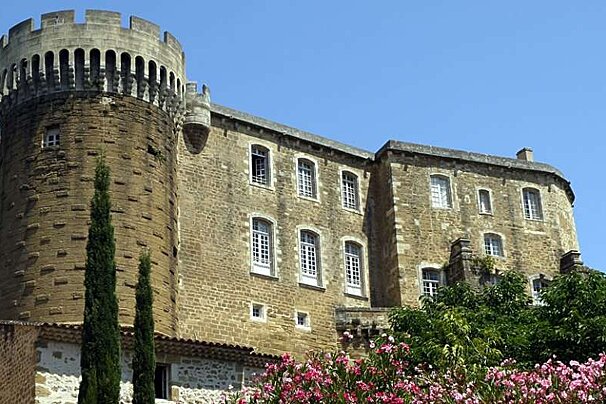
Château Suze la Rousse
Originally a defensive fortress, this impressive château was built in the 12th century on a rocky outcrop overlooking the surrounding plains.
Discover and book the top Provence sights

Originally a defensive fortress, this impressive château was built in the 12th century on a rocky outcrop overlooking the surrounding plains.
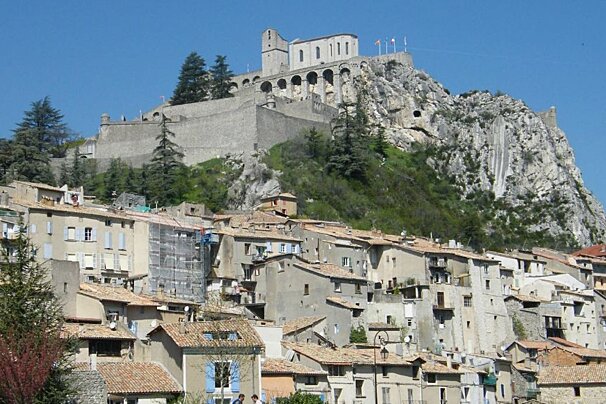
Sisteron's citadel wouldn't look out of place in an episode of Game of Thrones, with its imposing high walls, fortifications and impressive location looking down over the town below.

This is one of the best castles we have ever visited, and not just in France! Situated on a rocky outcrop, this fantastic medieval castle has a strong military background, where it was used in the defence of the realm of Provence.
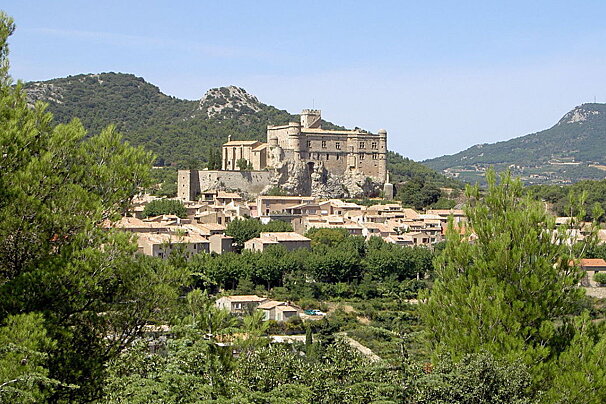
A wonderful castle to explore in the heart of the Vaucluse department, offering wonderful views over the surrounding areas.
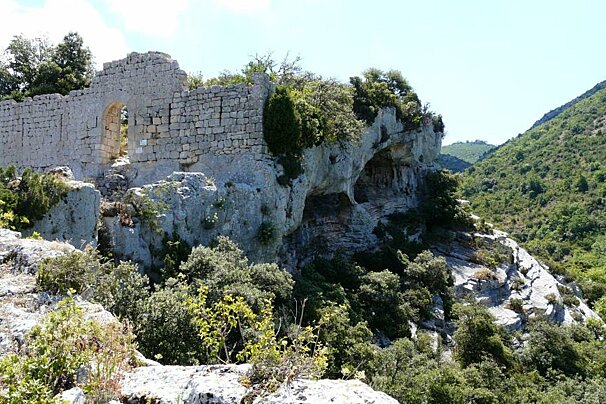
The ruins of Fort de Buoux lie on top of hill at the head of the Apt valley. This defensive stronghold was used to protect the surrounding towns and land from Lourmarin to Silvergues and the ruins you see today date from the 13th century.
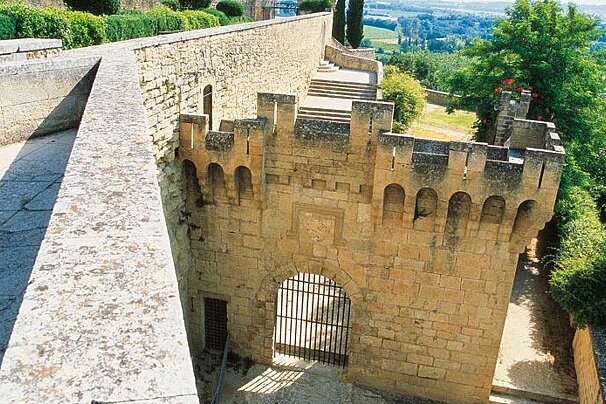
The Chateau d'Ansouis was originally a fortress back in the 12th century and become one of the grandest mansions in Provence during the Renaissance.
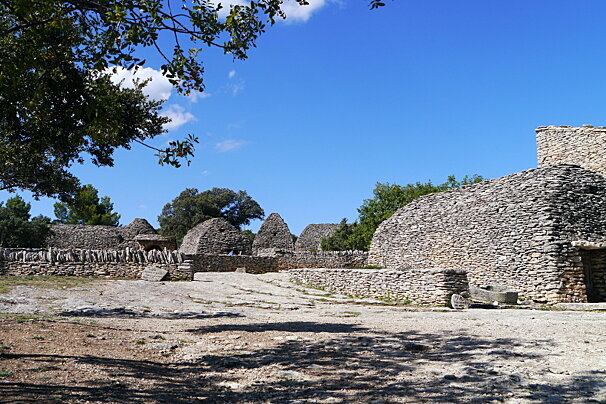
Just outside the village of Gordes lies the archaeological remains of a Bronze age village. The Village des Bories dates back to around 2000BC. You can still see ancient sheep pens, stone beehive houses (bories) and bread ovens.
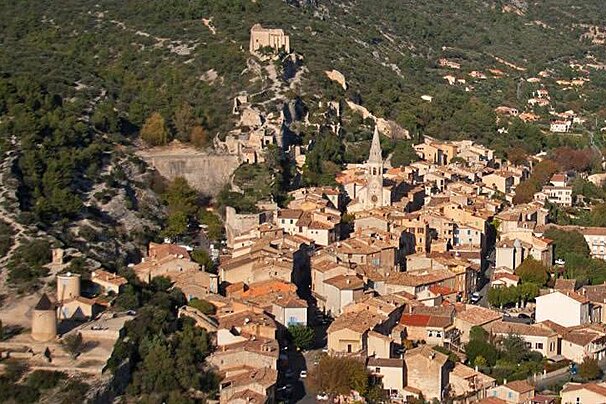
Built on a rocky bluff at 400 metres above sea level is the remains of a Medieval fortress which offers great views of the surrounding Vaucluse and Alpilles mountains.
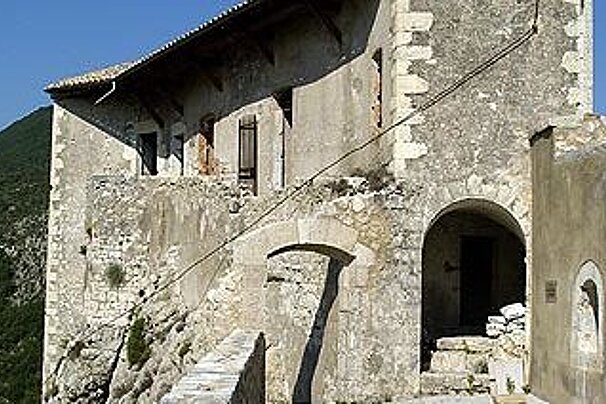
To get to this citadel which overlooks the pretty Medieval village of Entrevaux entails a pretty steep walk up 156m vertical over 800 metres of paved road.

Built on the heights, the Chateau Lacoste has a dominant position over the Luberon. The breathtaking view enjoyed from the castle shows this village situation at the heart of the Luberon
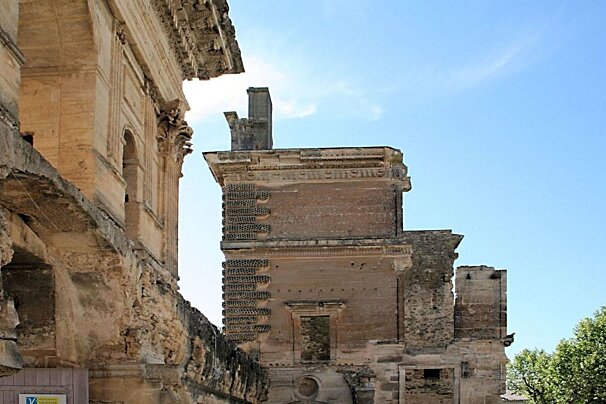
This castle was first built in 1550 by Baron Jean-Louis-Nicolas de Bouliers and parts of its huge walls and intricately carved stonework still survives to this day.
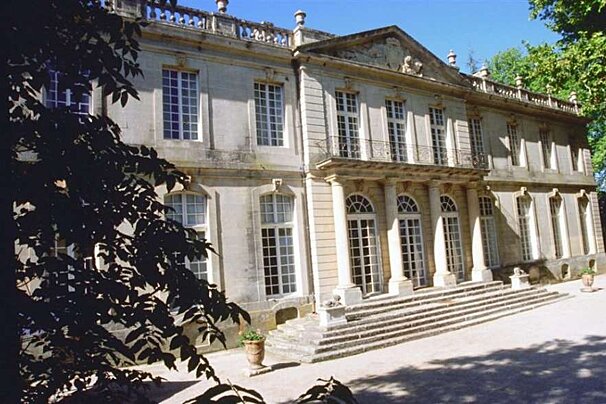
This is an impressive 18th century mansion with beautiful gardens that allows visitors a chance to explore elegant rooms decorated in the style of the time. Th gardens contain ponds with swans and ducks, peacocks, lavender fields and terraces. The chateau also produces its own honey courtesy of 25 bee hives.
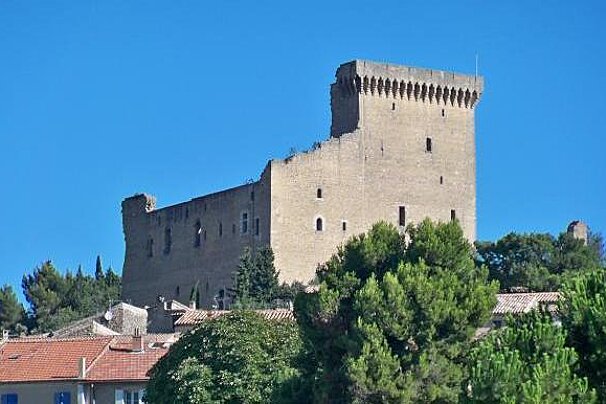
This castle was originally built at the request of pope John XII who was elected in 1316, with the castle starting to be built in 1317.
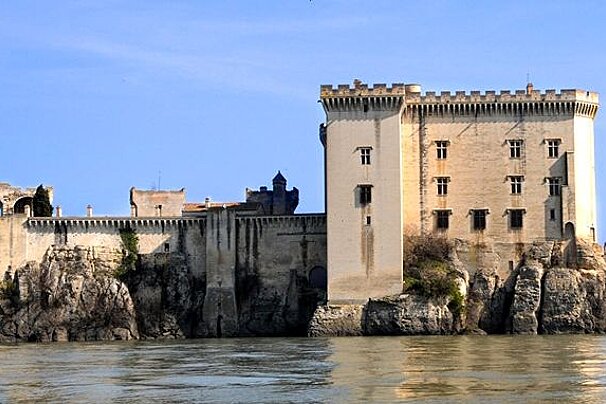
The 15th century castle was built as a defence stronghold due to its position at the end of the River Rhone.
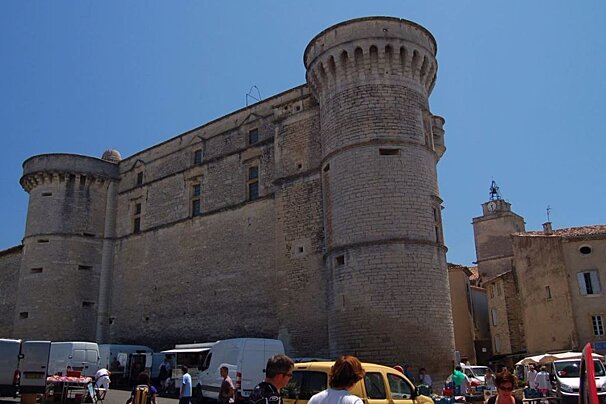
This castle houses the town hall of Gordes and a museum containing works by the painter Pol Mara, a Flemish artist who lived in Gordes.
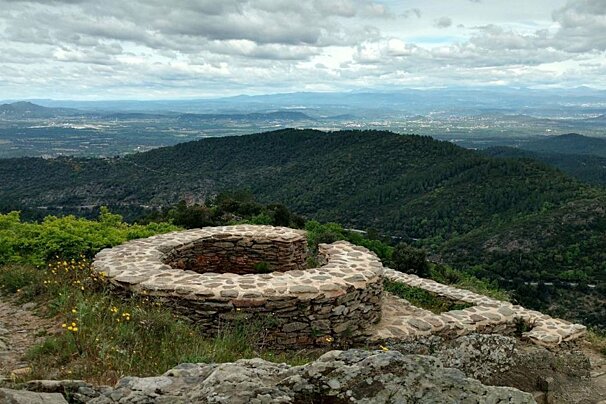
This is a rock cut settlement above the present day village of La Garde, which was where the original inhabitants lived.

This lovely medieval castle has its origins as far back as the 11th century when the original fortress was built. It was transformed into a luxurious residence during the Renaissance before being somewhat deconstructed in the Revolution.

This fortress dominates the town of Mornas below, rising up from the 137 metre tall cliffs.